|
My residency at the Kathmandu Contemporary Arts Centre will finally start in mid-April. I'll post some photos when I'm installed there. In the meantime, these are some of the studios I've had since arriving in Nepal.
0 Comments
This torso of Avalokiteshvara, made in Nepal around the 17th century, is completely made from flat copper sheet. The technique used is called "repoussé", French for 'pushed again'. It's a form of embossing in which the craftsman has to create volume from a flat metal surface by hammering alternatively from the front and the back. Working like this is so demanding and unforgiving (very difficult to rectify mistakes, unlike lost wax metal casting) that it's been mainly abandoned outside of Nepal. The Newari people of Patan, my adoptive neighbourhood, keep the tradition alive. You can see its products everywhere, not only as sacred images, but also as architectural embellishments. Here's a metalsmith's reference manual from the 18th century. It explains how to join together the different sections of a sculpture and contains many useful tips, for instance that when affixing the head to the torso it should be slightly tipped down. The joins are dovetailed seams with rivets at either end, to make sure they don't split open. They are mainly concealed at the back of the sculpture, but some are visible from the front. The same 2D to 3D magic is applied by different craftsmen to make everyday products, like trunks, extraction chimneys or money boxes. Sit down in one of these workshops and behold perfect geometric volumes puffing up from galvanised tin sheet, all done by hand. It makes me think of the 3D printing revolution (RepRap and similar printers): one single material input (polymer, sheet metal), any 3D output. DIY, open-source 3D printers may radically change the way we make stuff, just like the Industrial Revolution did. Meanwhile, in Kathmandu, 3D printers have a name and may offer you a nice cup of tea, if you're lucky.
As some of you know... I got an interview at the RCA!!! I applied for their sculpture MA before going to Nepal and they told me about the interview a week ago. So I flew in from Nepal last Saturday to walk through this door and meet Richard Wentworth and Nigel Rolfe. The interview took double the allocated time (a good sign, I hope) and was a great experience in itself. I won't hear about it until beginning of April. Fingers and toes crossed.
This is me, pointing at a screen at the Nepal Academy of Fine Arts (NAFA). The image being projected is from last Summer's Royal College of Art Sculpture show. I was invited by the head of sculpture at NAFA, Om Khattri, to give a talk about British sculpture and my work. (By the way, my presentation is available on http://tinyurl.com/nafatalk). Om Khattri is the first one from the right: Lucky me, I was also invited to take part in a lost wax metal casting course at the Academy. So there I was, hanging out with Nepali sculptors, melting metal and giving it a handle. Some images from the final show:
|
Robert Cervera Amblar
Sculpture, installation, writing. Archive:
July 2013
|
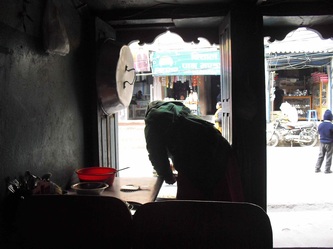



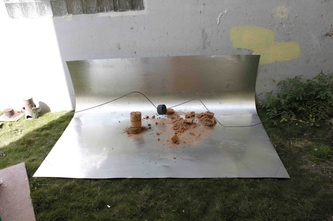



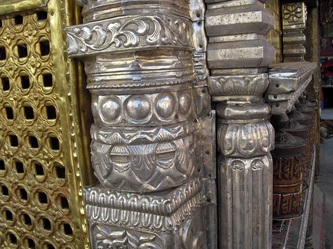
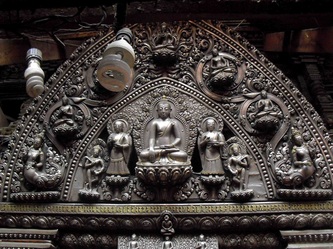
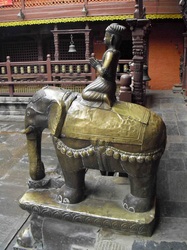
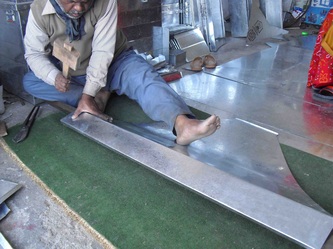

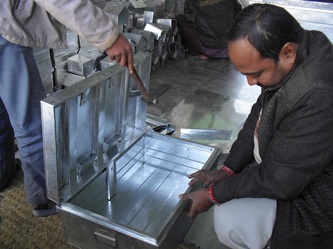





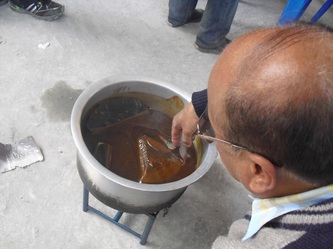



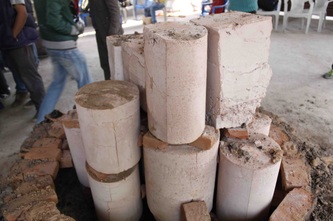


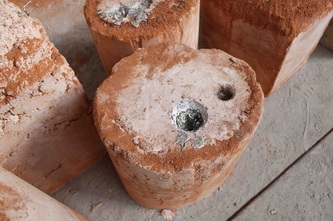



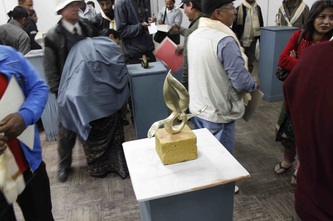


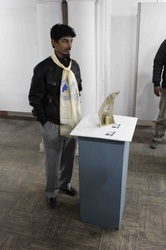
 RSS Feed
RSS Feed